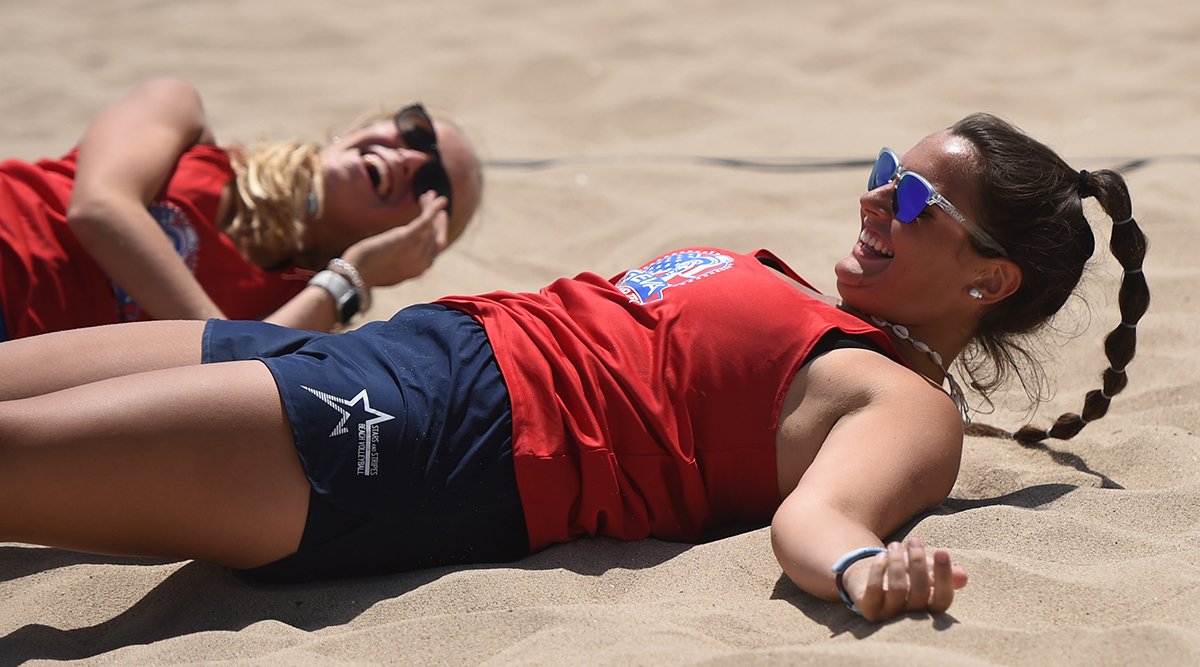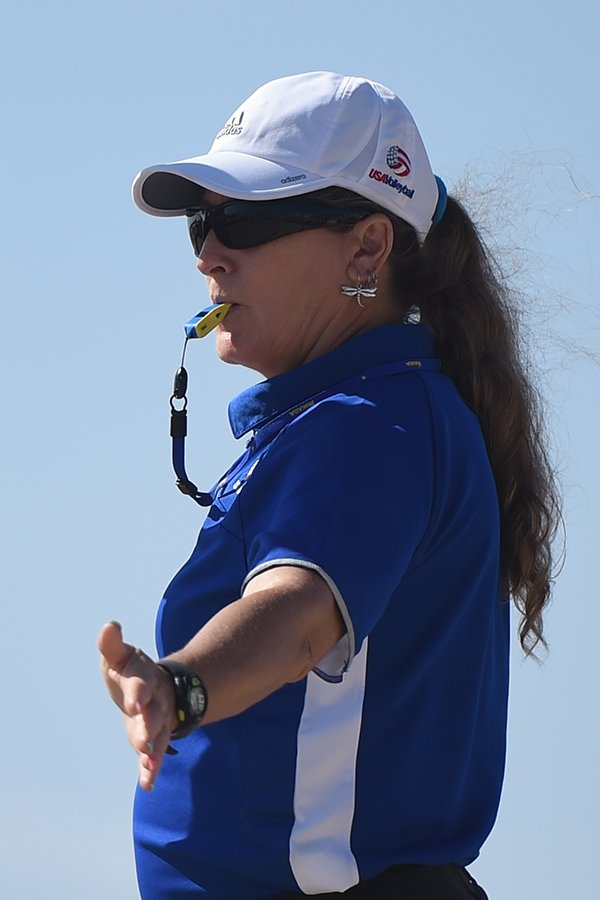
Summer is here and you know what that means: outdoor volleyball! Whether in the grass or on the sand, you’ll be basking in the warmth and improving your game. While you’re working in the sunshine, take steps to assure that sunshine doesn’t also do work on you.
FYI on Sunscreen SPF
The Higher the Better…Kinda
While it’s true that higher SPF sunscreens block more UV rays, there’s a limit. An SPF 15 lotion blocks roughly 93% of the sun’s harmful rays, while SPF 30 lotion blocks about 97%. That increase shrinks with SPF 50 and 100 lotions, which block 98% and 99%, respectively. There is no sunscreen that protects you completely, so pick an SPF that fits within your needs and your budget.
Re-apply Early and Often
Some sunscreens may claim to be waterproof, but no type will stay on all day, especially if you’re sweating or toweling off. Make sure to reapply your lotion at least every two hours, more frequently if you are working up a sweat.
Broader is Better
There are two types of UV rays – UVA and UVB – and not every type of sunscreen blocks both. Look for types that say “broad spectrum” to ensure full protection. In case you were wondering, UVA rays can contribute to premature aging and skin cancer, while UVB ones are the main cause of sunburn.
The U.S. Food and Drug Administration has a helpful page about Sunscreen.

Wearing is Caring
Less Stunner, More Shade
The sun’s UV rays can damage your eyes, so wear sunglasses to keep the sun out. The bigger the shades, the more protection they offer. And wrap-around frames can help keep sand and other particles from getting in your eye, too. Pro tip: make sure your sunglasses fit snugly so they don’t fly off while diving for a dig!
Not convinced that sunglasses are right for everyone? Perhaps this photo gallery will change your mind.
Provide Coverage
Just as you should cover a block, you should cover your skin from sunshine, too. Long-sleeved shirts and pants will protect you from some of the sun’s damaging rays, but you should still use sunscreen. If you don’t want to play in long sleeves, be sure to cover up as soon as the match is over.

Put a Lid on It
Hats will keep the sun off the top of your head, so don’t be afraid to don one in the sun. Ball caps will cover your scalp and either your face (worn forward) or neck (backward), and wide-brimmed hats will also keep your ears protected. Hats have an added benefit of keeping the sun out of your eyes as well.
Sun Spikes
That’s Some Serious Shade
No, not that type of shade. During timeouts or other breaks in play, seek out places where sunlight is blocked, at least partially. Not only does it get you out of the sun’s harmful rays, it can help cool you down on hot days. Quality shade can come from buildings, trees, umbrellas, tents, and the shadows of middle blockers.
Would You Look at the Time?
The sun’s rays are strongest between 10 a.m. and 2 p.m., so avoid direct sun exposure during that time. If that’s not possible, take breaks in the shade and apply sunscreen frequently.
Aloe, Can You Hear Me?
Is part of your skin red? Is it feeling sensitive and hot to the touch? Sounds like a sunburn. Rub aloe vera gel on the affected areas two or three times a day for heat relief and to moisturize the skin. Also, drink plenty of water until the sunburn fully fades.
Out of Sunscreen?
If you find your trusty sunscreen bottle empty, don’t fret. There is at least one natural substance that provides some UV protection:
BATH TIME!
Elephants enjoy bathing as it cools them down, the mud also acts as a sunscreen on their bodies and obviously, it is a very social and fun activity for the herd 🐘🐘
The elephant keeper talk often coincides with bathtime at 12:30pm daily, not to be missed! pic.twitter.com/kxZ9OKu460— Dublin Zoo (@DublinZoo) April 26, 2019

